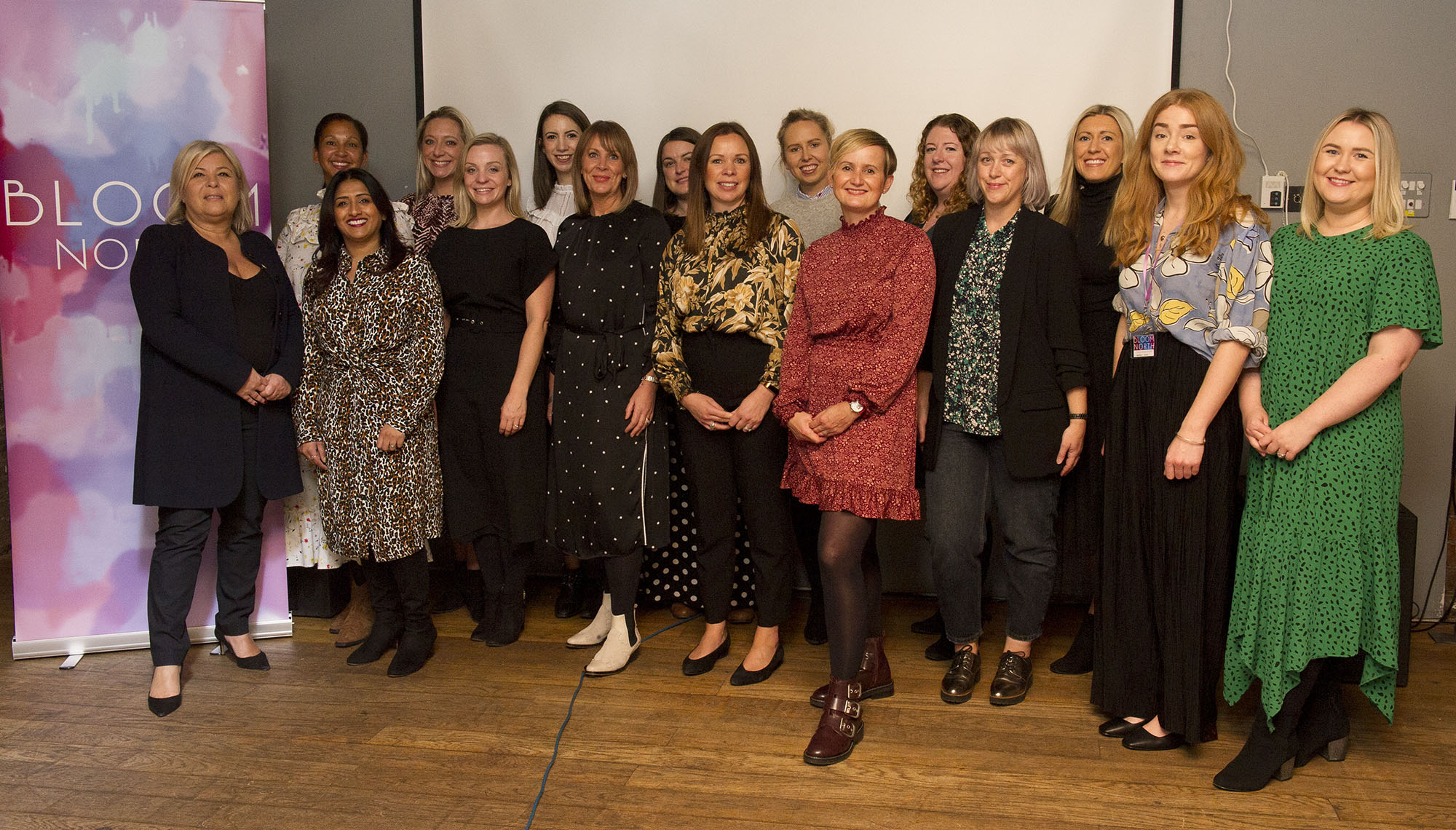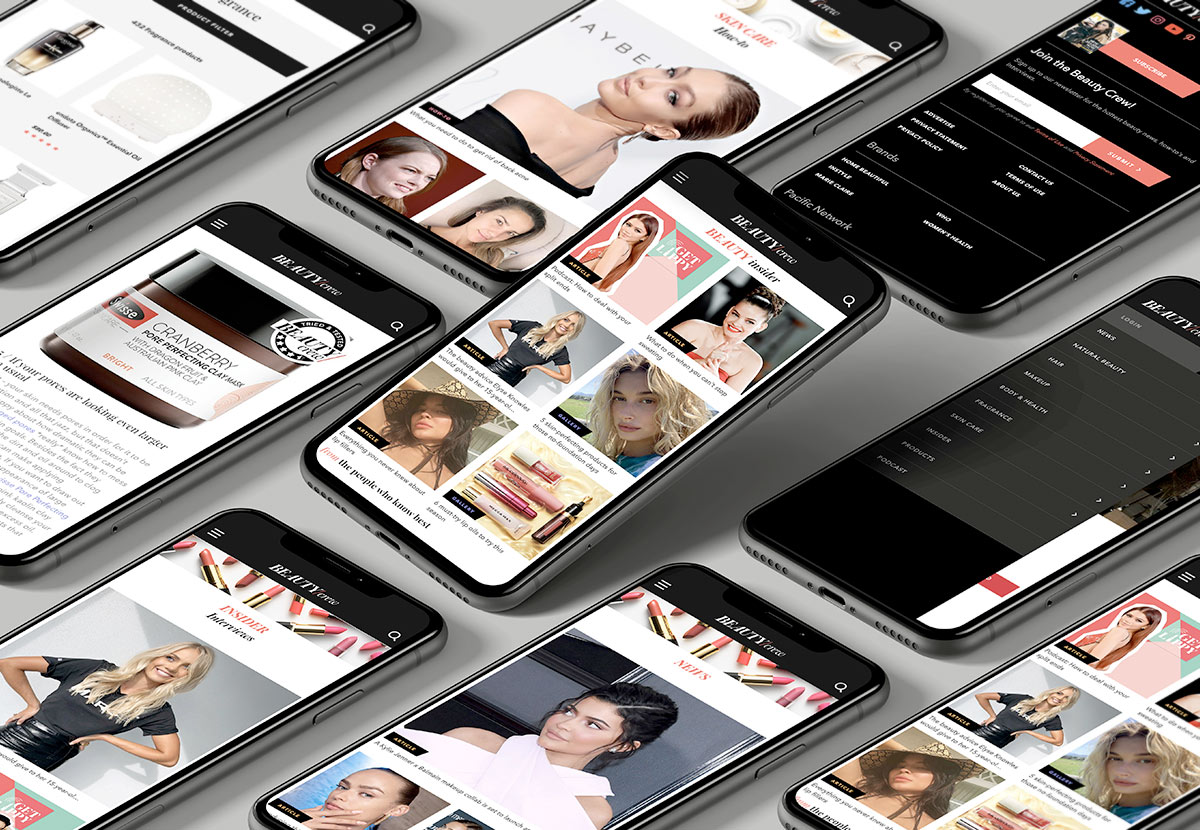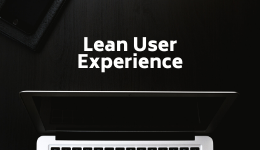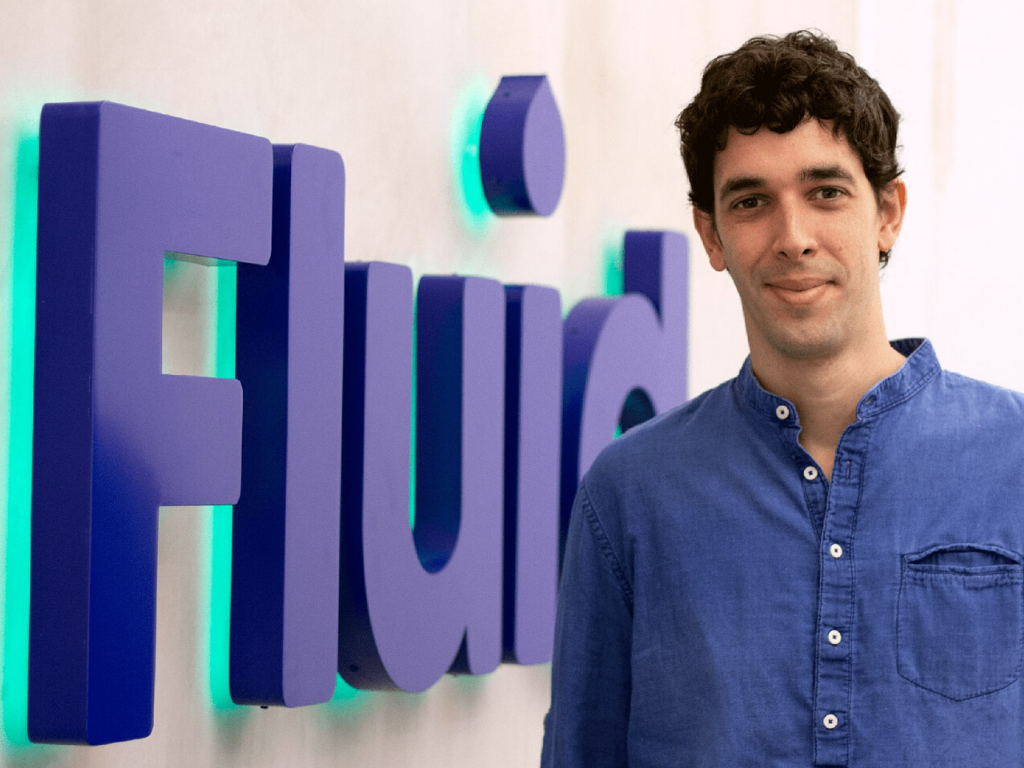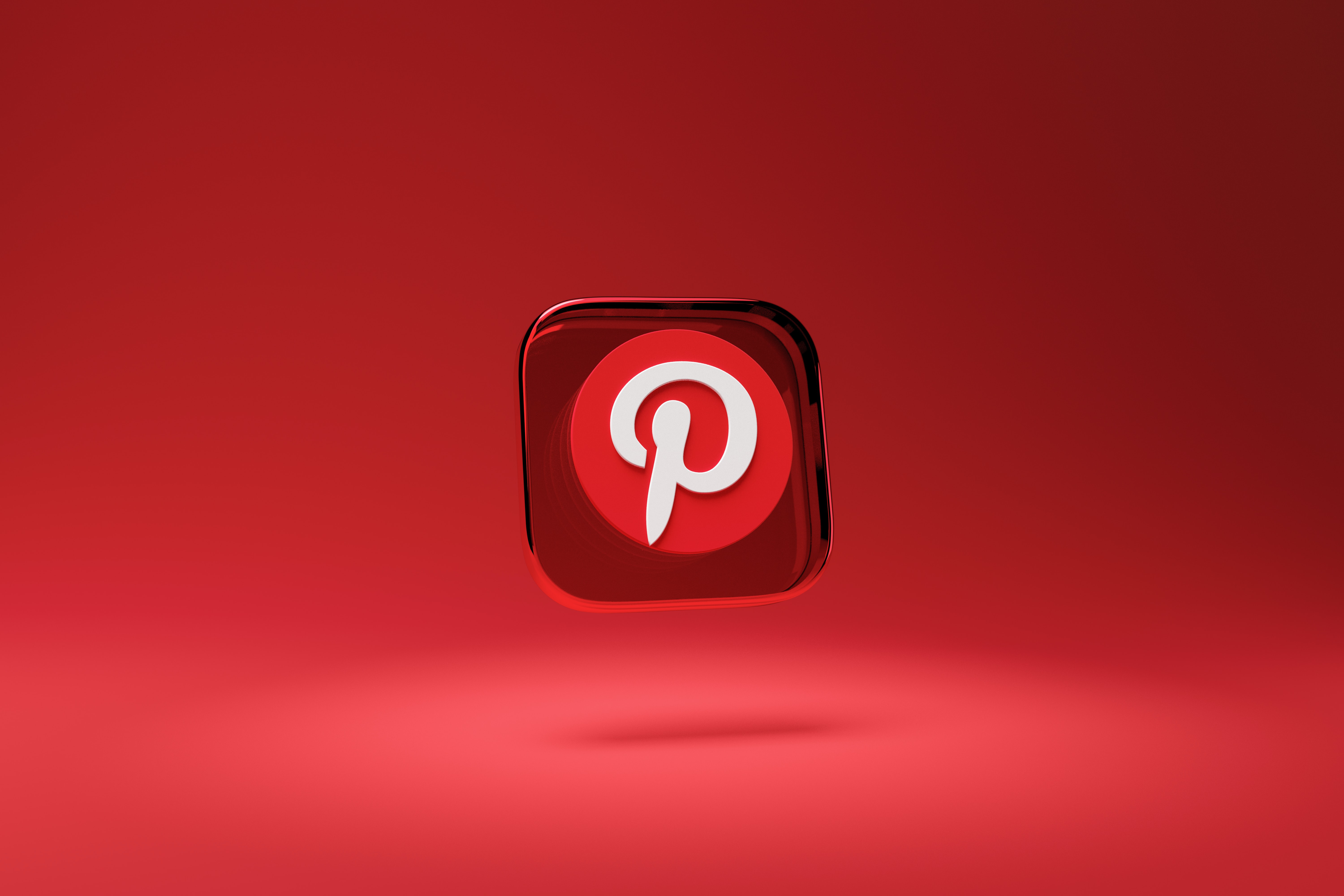
Here’s why and how to make it happen.
9 Advantages of Pinterest Marketing
1. Demographic
Pinterest is growing into an increasingly varied userbase. No longer just the haunt of art students and home-renovation nuts, the ideas-collecting platform is expanding into new territories.
While retaining its majority youthful audience, the social network site is also especially popular with parents, with 40% of US dads and 80% of US moms using it.
You can be sure you’re reaching affluent young spenders if you choose to advertise here. According to Pew Research, the most significant proportion of Pinterest users (41%) have household incomes above $75,000 a year, and almost the same proportion (38%) has at least a four-year college degree.
Like all social media companies, Pinterest boasted impressive growth in the early months of lockdown, and while this has slowed significantly since, it retains positive forward momentum.
2. Longevity
While the average tweet has a lifespan of only 15 minutes and the average Facebook post 6 hours, Pinterest races ahead; a Pin can be expected to stick and continue to receive engagement around for 14 weeks, so the blood, sweat and tears you put into content creation really feel like they pay off.
Pinterest content also tends to be more evergreen than that on other platforms. Rather than having a sudden, short-lived viral moment, a slow-burning trajectory of success can be expected, perhaps even multiple comebacks of popularity. Pinterest content is the winning tortoise among the many hares of fast social media trends.
3. User Wellbeing
Mental health is more top of mind for consumers than ever before. Awareness of social media’s myriad negative impacts is at an all-time high, and users constantly search for an oasis of calm in the chaos of online content.
Pinterest provides exactly that. In fact, 8 in 10 Pinterest users open it to “feel positive”, compared to 3 in 10 about other social platforms. In this sense, Pinterest offers a ‘doom-scrolling-free’ alternative to the likes of Twitter, Facebook and Instagram, where users often report feeling overwhelmed with negative information.
The network is aware of its position as an antidote to the internet’s woes and is keen to maintain it. For Mental Health Awareness Month, they partnered with The Mental Health Coalition to generate creative content on mindfulness and digital wellness topics.
Your audience shouldn’t have to have a love-hate relationship with your content, and on Pinterest, it’s easy to keep the positive vibes going.
4. Cost Per Acquisition
Pinterest outperforms other platforms when it comes to cost per acquisition. On average, 11 more users are exposed to every repin of your content. Plus, when someone pins your post, its ‘promoted’ tag disappears, meaning it appears organically to further users.
5. High-Quality UGC
The value of online influencers is no longer new news. According to Business Wire, 79% of users are influenced by user-generated content when making purchasing decisions.
Pinterest stands out in this arena as it holds creators to higher standards of inclusivity, compassion and trust than other platforms. Its Creator Code requires that influencers:
- Be Kind: Express yourself but ensure content doesn’t insult or put others down.
- Check My Facts: Make sure information is accurate and factual. Start conversations but don’t spread misinformation.
- Do No Harm: Inspire action but ensure any call to action or challenge is safe.
- Be Aware of Triggers: Practice discretion regarding visually sensitive content. Be bold, but avoid triggering or sexually objectifying content.
- Practice Inclusion: Never intentionally exclude certain groups or communities. Actively produce inclusive and accessible content.
On the consumer side of the platform, Pinterest is employing new comment moderation tools to improve the overall user experience. These include:
- Positivity reminders for pinners to reconsider potentially offensive comments.
- Moderation tools for creators, including comment removal and keyword filtering.
- Creators can feature up to three comments within the comment feed to highlight positive, honest feedback.
- New spam prevention signals using machine learning to detect and remove bad comments.
All of Pinterests’ efforts allow you access to higher-quality creator content for your marketing strategy, and your brand will benefit from the positive associations of the platform.
6. Pinterest Predicts
Pinterest doesn’t leave advertisers in the dark about their marketing efforts. With Pinterest Predicts, you can browse for current and upcoming trends relating to your products or audience.
This allows you to plan proactively, alongside the analytics of your past content.
7. Personalisation
Rather than overwhelm the user with a wide range of vastly different and somewhat random content in the hope that they’ll find something they like, Pinterest offers a personalised feed experience. Not to mention, the visually appealing is kind of their whole deal.
As a result, products that resonate with the user are presented to them organically, in an aesthetically pleasing layout as part of a holistic lifestyle mood board that fits their personal ‘vibe’ completely.
This is an algorithmic win-win for brands and consumers, who get access to new products handpicked for them.
8. Shopping on Pinterest
Like most channels, Pinterest is on the in-platform shopping hype. Maximise your sales with a Pinterest shopping catalogue, making products accessible for users without disrupting their experience.
Plus, they can go through the entire consumer journey, from first look to checkout, without leaving Pinterest.
9. Tagged Products
Like on Instagram, you can now tag products featured in your brand’s organic Pins, making them shoppable in-platform. This boosts your discoverability within the Shopping feature and makes your products available as ‘Similar Products’ suggested to users who are shopping around. You can even tag up to 8 products per Pin!
5 Kinds of Pinterest Ads
Pins
Standard Pins are the simplest type of Pinterest ad created by promoting organic content on your page. This allows you to specify your target audience, including gender, age range and locations.
Shopping Pins
Shopping Pins allow you to get into the specifics of your products, adding additional info such as sizing, colours, pricing etc. Plus, users can shop the items as these ads links to your product catalogue. These Pins work exceptionally well for fashion, lifestyle and wellness brands, who can create ‘shop the look’ style Pins, combining multiple products.
Video Pins
Video is fast becoming the most valuable asset in online marketing, regardless of the platform. Pinterest is no exception to the rule. On Pinterest, video ads come in two dimension options and autoplay as the user scrolls their screen for maximum attention-grabbing power.
Carousel Pins
You may be familiar with carousel ads on Facebook and Instagram. Well, now you can apply to concept to Pins as well! Feature two to five images, each with its own title, description and landing page, perfect for showcasing multiple items while still allowing each to have its own spotlight.
Story Pins
Story Pins are Pinterest’s newest format, allowing up to 20 pages of content to be displayed. This is ideal for educating consumers about your product or raising brand awareness.
5 Simple Steps to Start Advertising on Pinterest
- Set up a Pinterest business account.
- Create your first board(s)
- Decide on a goal and set your targeting accordingly. Common ones include: brand awareness, website traffic, app installs, video views and conversions
- Create your ad content
- Automate and A/B test your ads
So there you have it, Pinterest advertising; quick, simple and effective.
What are you waiting for? Get started!

